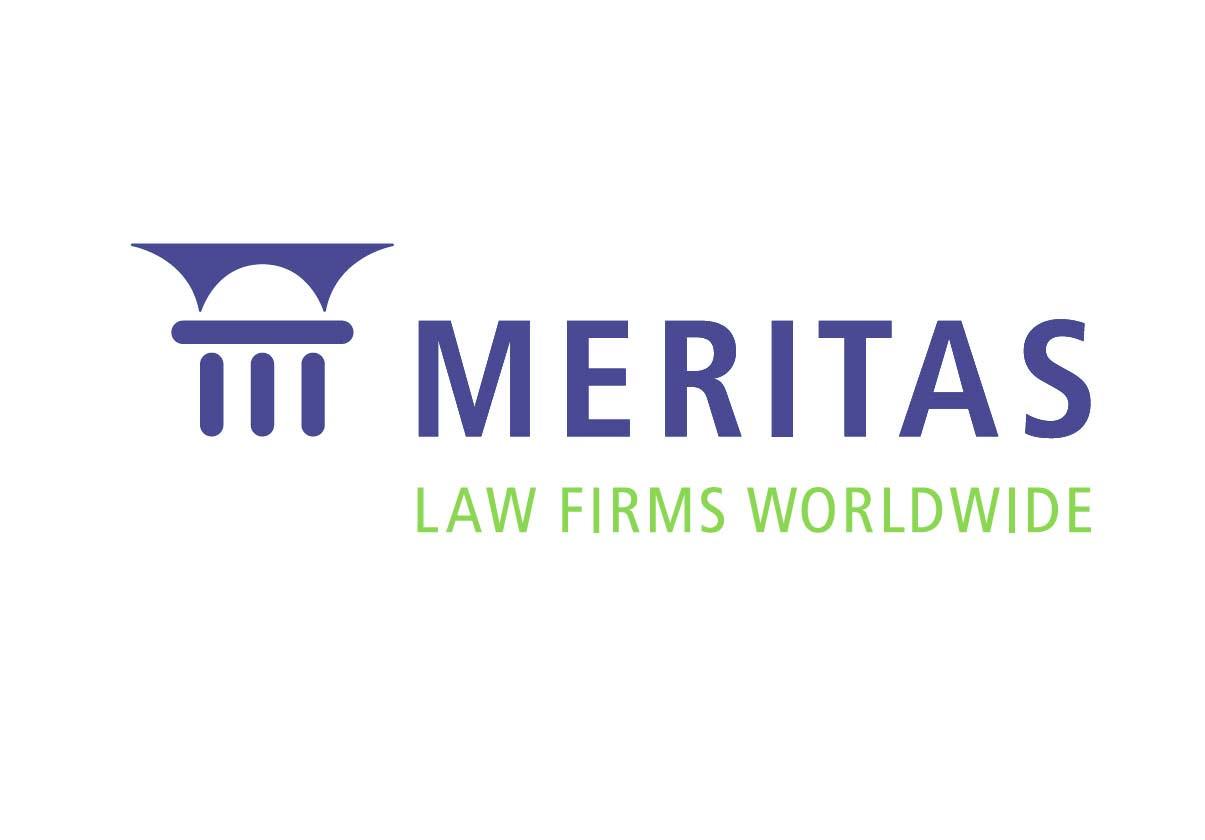When is a tax debt written off?
There has been a lot of recent media attention about the ATO pursuing old or on-hold tax debts.
It is a common misconception that once the Commissioner of Taxation has deemed a tax debt "uneconomical to pursue" the taxpayer is forever released from paying, and the tax debt is written-off.
However, it is important to note that:
- the ATO does not have the power to write off tax debts; and
- when it comes to the pursuit of old tax debts, there are no statute of limitations (or right of estoppel against the ATO) even if previously deemed uneconomical to pursue.
When is a tax debt considered "uneconomical to pursue"?
Historically, the tax office has not actively pursued the recovery of tax liabilities when it deems that:
- it will be more costly to recover a debt than the value of the debt itself; or
- the debtor is unlikely to have the financial resources to pay the tax debt.
In such circumstances, the tax office marks the debt as being uneconomical to pursue and will reverse the liability on its accounts. However, this does not mean that the debt is "written off" or that it won't be pursued in the future if the taxpayer's circumstances change.
Who is at risk of historical tax debts?
Taxpayers who have been inactive in the tax system (perhaps due to reasons such as illness or caregiving responsibilities), who previously had their tax debt marked as uneconomical to pursue, may get a rude surprise when they re-enter the tax system and lodge their income tax, especially if a refund is due.
In such cases, it is likely that the tax debt will be re-raised, and the refund applied towards reducing the debt. Further, the Commissioner may no longer consider it uneconomical to pursue the debt and may commence recovery action with little notice.
If the historic debt is owed by a company, the ATO may issue a director penalty notice to the company's director in addition to pursuing the debt against the company.
When to get help
If you are concerned that you may have legacy tax debts, it's important to engage early with the ATO.
There are options available such as negotiating a payment arrangement and to seek interest remission where the circumstances are appropriate. There may also be defences available to a director who has received a director penalty notice. It is therefore important to get help as early as possible.
Accountants should review their clients' accounts and proactively reach out to any client at risk of the ATO pursuing a past tax debt.
The content of this article is intended to provide a general guide to the subject matter. Specialist advice should be sought about your specific circumstances. Madgwicks is a member of Meritas, one of the world's largest law firm alliances.




